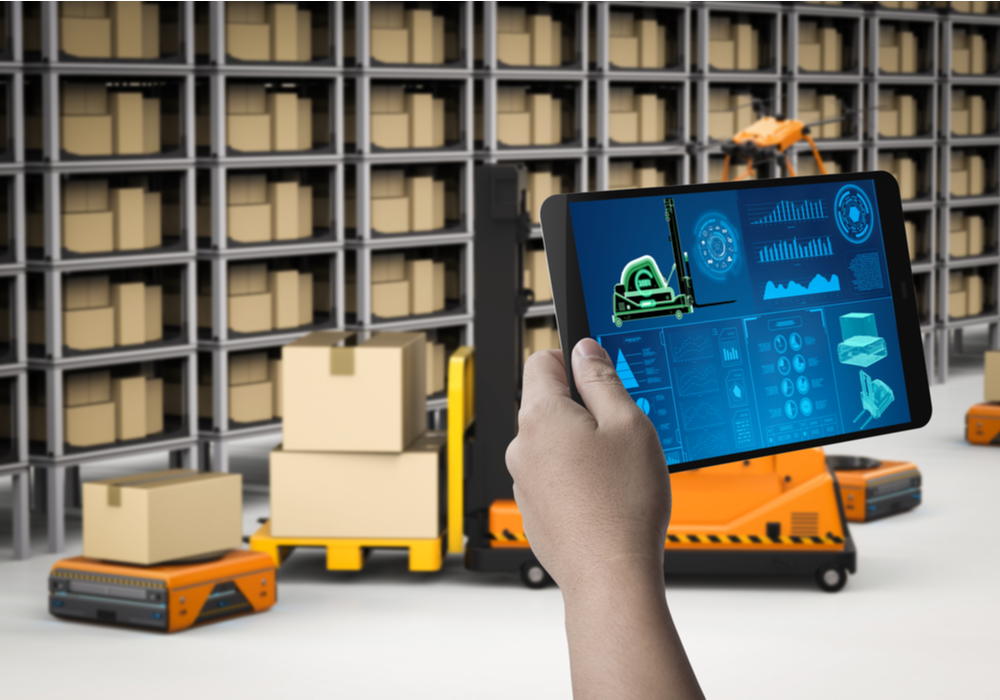Conditional Registration

Conditional registration is used when forklifts are required to be used on job sites that do not have access to public roads. The NSW Government requires all forklifts to be registered if they are used on public roads. The only exemptions are forklifts used on private property and construction sites. To become registered, the forklift must first be issued with a Conditional Registration Certificate that is valid for one year.
Acceptable Uses
Forklifts are designed to carry heavy loads, and as such, it is essential that they are operated safely at all times. There are specific guidelines for the acceptable uses of forklifts on construction sites that should be adhered to. These guidelines include:
1. Only trained and certified operators should be allowed to operate forklifts.
2. The maximum speed limit should be posted and followed by all operators.
3. A safe distance should be maintained from other forklifts, equipment, and personnel on the job site.
4. All loads should be secure, and the weight capacity of the forklift should not be exceeded.
5. Forklifts should be operated on level ground to reduce the risk of the load tipping over.
Equipment Requirements
The safety features on forklifts can vary from brand to brand. However, there are specific equipment requirements set by the Australian Standard that all forklifts operating on construction sites should have. These requirements include:
1. A roll bar or overhead guard to protect the operator in case of a rollover.
2. A seatbelt to keep the operator secure in the event of an accident.
3. A horn or alarm to warn pedestrians of the forklift's presence.
4. Non-slip surfaces on the steps and platform to prevent operators from slipping and falling.
5. A fire extinguisher and first aid kit should be available in case of emergencies.
Conclusion
In conclusion, forklifts are essential equipment on construction sites. However, it's essential to stay informed about the laws and regulations surrounding their use to operate them safely and effectively. By following the guidelines for conditional registration, acceptable uses, and equipment requirements, you can ensure that the job site is a safer environment for everyone. So, if you're planning to use forklifts on a construction site, be sure to adhere to these guidelines to keep yourself and others safe.